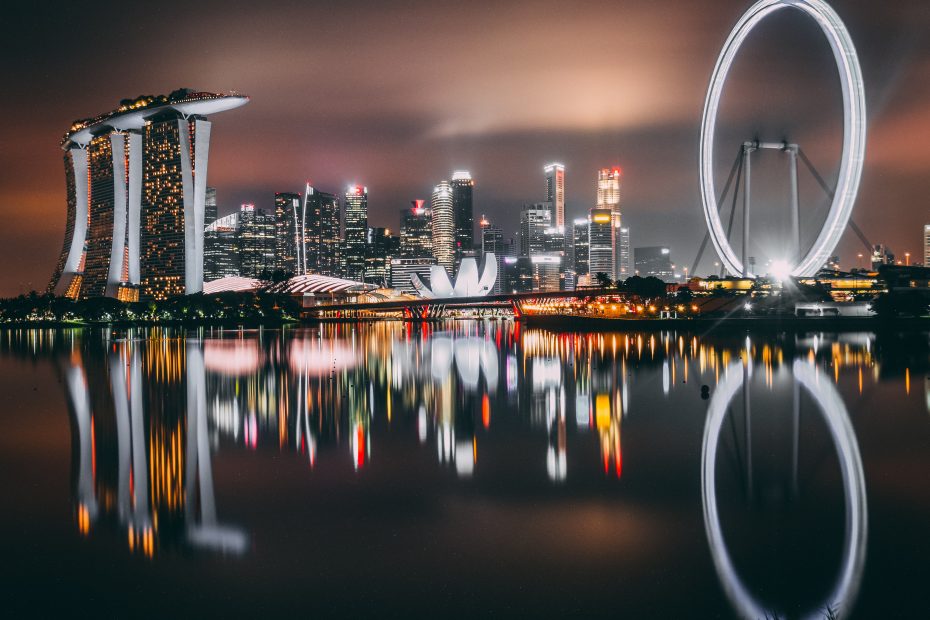Table of Contents
Introduction
Singapore is a small island nation that packs a big cultural punch. Made up of diverse ethnic groups and immigrants from around the world, Singapore has developed into a rich tapestry of cultures and traditions over its relatively brief history. Though the country only became independent in 1965, Singapore has rapidly established itself as a cosmopolitan, multicultural society. The intermingling of different groups has created a unique Singaporean culture that draws from Chinese, Malay, Indian, Eurasian and other influences. From food to festivals, values to vernaculars, Singapore is a melting pot of Asian traditions that complement each other.
Chinese Culture
The Chinese community makes up the largest ethnic group in Singapore today. Many Chinese immigrants came to Singapore in the 19th and 20th centuries, mostly from southern China. Over time, they established Chinatowns, temples, schools and businesses that preserved their language, beliefs and customs. Chinese cultures are diverse, but common traditions include celebrating Lunar New Year, upholding familial piety, speaking dialects like Hokkien and Teochew, and enjoying Chinese cuisine. Chinese values of diligence and education have shaped Singaporean society.
Malay Culture
As Singapore’s indigenous people, Malays have played an integral role in Singaporean history and culture. Malays follow Islamic faith and adhere to practices like fasting during Ramadan. Malay culture emphasizes notions of adat (tradition) and budi bahasa (courtesy). Malays speak their own language and enjoy cuisines like nasi lemak and rendang. Cultural expressions like dikir barat folk songs and joget dance are also hallmarks of the Malay community. While retaining their customs, Malays have also assimilated with Chinese and Indian groups over time.
Indian Culture
The Indian community has grown rapidly in Singapore, tracing roots to Tamil Nadu, Kerala and the Punjab region. Brought by the British colonial government as soldiers and laborers, Indians established Little India to continue their cultural traditions. Diverse Indian cultures have blossomed through Hindu and Muslim practices, languages like Tamil and Hindustani, South Indian vegetarian cuisine, Bollywood entertainment, and festivals like Deepavali. Yet Indian culture has also adapted to Singapore, as seen in the Peranakan Indian community. Singaporean Indians contribute to the country while preserving their ethnic heritage.
Eurasian Culture
Numbering around 20,000 today, Eurasians are the descendants of European colonists marrying local Asian women. Eurasians cultivated a unique cultural identity through blending European and Asian traditions. The patois Serasian combines English and Malay, symbolizing the fusion of their dual heritage. Eurasian cuisine such as curry debal reflects this mélange by marrying European and Asian ingredients. Though a small community, Eurasians exemplify the cross-cultural pollination that makes Singapore diverse.
Other Cultures
Many other immigrant groups have added their own hues to Singapore’s social fabric. Western expats have brought global outlooks, products and ideas. Neighboring Indonesians, Thais and Burmese have imported cultural diversity through food and language. Recent immigrants from China, India and the Philippines continue to reshape Singaporean culture. While retaining some practices, immigrants ultimately synthesize their cultures with Singaporean multiracial norms.
Cultural Harmony
To manage this complexity, Singapore actively promotes racial and religious harmony. Policies enforce ethnic integration in public housing, national service and schools. A shared national identity has emerged above individual ethnicity, united by Singlish creole and Singaporean pride. As people of all backgrounds interact daily, cultural misunderstandings are overcome through tolerance and respect. While retaining their traditions, Singaporeans ultimately live in harmony.
Conclusion
Singapore remains a tapestry in progress, weaving new and established cultural threads together. Its distinctive heritage comes from blending Malay, Chinese, Indian, Eurasian and other influences. Moving forward, Singaporeans continue cherishing this melting pot of Asian traditions and multiculturalism. By valuing its diverse peoples equally, Singapore sets an example for cultivating cultural harmony.
Frequently Asked Questions
Q: How many official languages does Singapore have?
A: Singapore has four official languages – English, Mandarin Chinese, Malay and Tamil. Many other Chinese dialects, Indian languages and Southeast Asian languages are also spoken.
Q: What are some examples of Peranakan culture in Singapore?
A: Peranakans refer to people of mixed Chinese and Malay/Indonesian heritage. Examples include Peranakan cuisine like laksa, beaded slippers, colorful traditional dress like the sarong kebaya, and intricate architecture.
Q: How does the government promote racial harmony?
A: Policies like the ethnic housing quotas in HDB flats, racial representation in parliament, and compulsory education about all major religions aim to increase intercultural dialogue, tolerance and integration.
Q: What are the major festivals celebrated in Singapore?
A: The major religious and cultural festivals are Chinese New Year, Hari Raya Puasa, Deepavali, Christmas, Vesak Day and National Day. Many other festivals are celebrated by specific communities.
Q: Where can I experience the different cultures in Singapore?
A: Chinatown, Kampong Glam and Little India showcase rich cultural heritage. Museums like the Peranakan Museum and Indian Heritage Centre also provide cultural immersion. Cultural events are often held at community centers.
